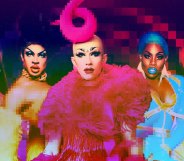Gay man intimidated by ‘boys club’ gyms overcame fear and became a queer personal trainer
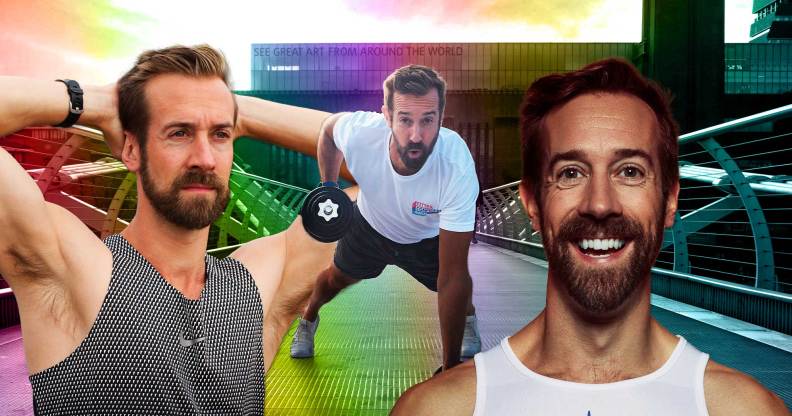
Matt Boyles wants to give queer people the chance to get fit on their own terms. (Denis Robinson/Dominic Pendino)
Have you ever walked into a gym and felt a wave of embarrassment and fear wash over you?
If you’re LGBTQ+, the chances are that you’ve had a negative experience with sport and fitness at some point in your life.
Too often, team sports can be painfully gendered, while gyms are often hyper-masculine environments where queerness is neither celebrated nor embraced, and where bodies are expected to conform to a slim, muscular ideal.
Matt Boyles struggled with sports from an early age.
“There was a general assumption in my school that if you weren’t good at rugby, you weren’t good at anything else,” Matt tells PinkNews.
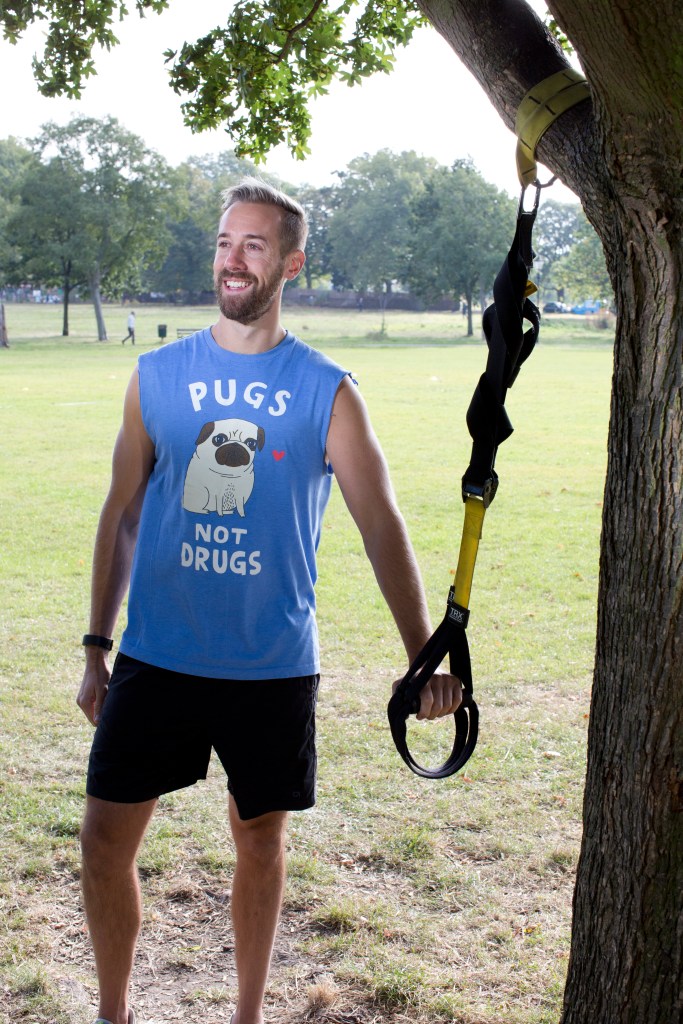
“I went through school and my teens thinking fitness and sport was what other people did. I’d never really felt included, never felt there were things that would appeal to me as a way to get fitter or stronger.”
Gay personal trainer Matt Boyles’ platform is based on respect
When Matt was in his late twenties, he went to a bootcamp and realised for the first time that he could explore fitness in his own way. Before long, he quit his marketing job to pursue a full-time career as a personal trainer.
At first, he worked with people from all walks of life – but he couldn’t escape the feeling that there was more he could be doing for queer people.
“I really felt like I had more of a mission in me. I was helping the people I was seeing but I wasn’t changing the world,” he says.
“That was when I realised that, as a gay man, fitness had changed my life and helped me in all these different ways. There are probably lots of other gay, bi, trans, queer guys out there who feel the same way and are interested but just don’t know where to start.”
That realisation gave Matt the push to set up Fitter Confident You, an online platform that brings gay, bi and trans men together on their fitness journeys.
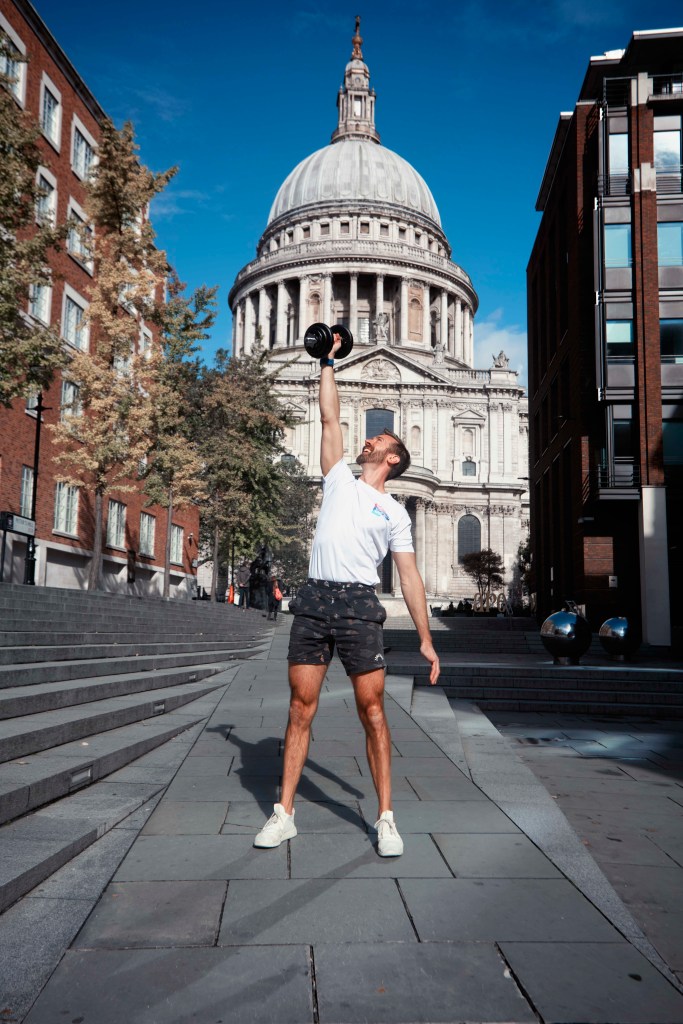
He wants to show queer folk that their fitness journey can look exactly how they want it to look – and they don’t have to set foot near a gym if they don’t want to.
“That boys’ club environment still exists in lots of gyms,” Matt says, recalling how at the start of his own fitness journey, he joined a gym that ended up being a “super cis, white male environment”.
“It felt like the trainers were more interested in showing off to each other than in actually supporting the clients who were there on their journeys,” he says.
“They hadn’t taken the time to understand people’s starting points, that some people weren’t as confident. It wasn’t the welcoming fast track to fitness I thought it would be because I just didn’t feel welcome there.”
Matt points out that home workouts are a good starting point for those who feel nervous.
“The pandemic did have a positive effect in showing that people can do home workouts. They’re not for everyone but as a starting point… home workouts are brilliant because there’s no one else there – there’s no commute, you don’t have to share equipment, you can feel as silly as you want.”
Rachel Brown is an LGBTQ-inclusive personal trainer – she echoes Matt’s thoughts, but also points out that some queer people might want to work more closely with a personal trainer who can create a carefully crafted plan for them.
“In my experience, one barrier faced by queer people is that a lot of fitness spaces/gyms don’t feel very inclusive and can be intimidating for anyone but especially people from the LGBTQ+ community,” she says.
“For trans people in particular, I’ve found that a barrier for them is some guns not having gender neutral changing facilities. Another trigger is clothing as this can trigger body dysmorphia, as can certain exercises or movements.”
Rachel’s advice to queer people is to find a personal trainer or coach who can design a plan with your needs in mind.
“There are fitness centres which are more inclusive now, gyms that offer gender neutral changing facilities, classes designed specifically for members of the LGBTQ+ community and PTs/coaches who are queer and understand how to overcome barriers faced by queer people.”
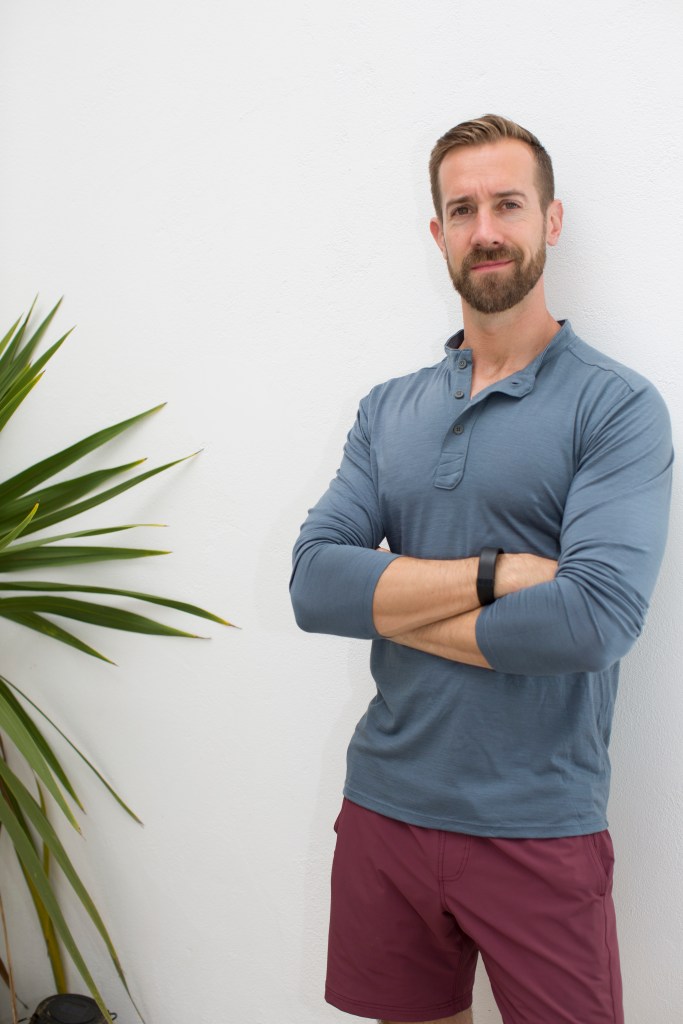
Matt Boyles’ top tips for getting into fitness
If you’re thinking of starting on a fitness journey but feel nervous, Matt has some tips to help you get started.
- Find a queer space: There are so many LGBTQ+ inclusive sport and fitness groups out there – there’s rugby, archery, walking, hiking, workouts, swimming. It’s OK to do things differently and to have our own communities.
- Find a quiet time to go to the gym: If you Google your gym, it’ll tell you when it’s quieter. One of my clients joined a 24-hour gym and started going at 1am when it was almost dead and that helped him get more confident.
- Make a plan: With competence comes confidence. If you know precisely what your’e going to do when you get to the gym, it’s easier to just put your headphones on and get on with it. Even choosing what clothes you’re going to wear beforehand, or what playlist you’re going to listen to, can help.
- Get a friend on board: If you’re especially nervous, it’s a good idea to go to a gym or a sports club with a friend. Even better would be to go with someone who’s bene there before who can show you the ropes.
- Treat yourself to some new workout gear: Walking into a gym, you can feel quite exposed if you suddenly put on a t-shirt and shorts. Buy some new clothes that you feel comfortable in. It does’t need to be exposed, it can be a tracksuit. Small things like that can really help your mindset.
How did this story make you feel?
